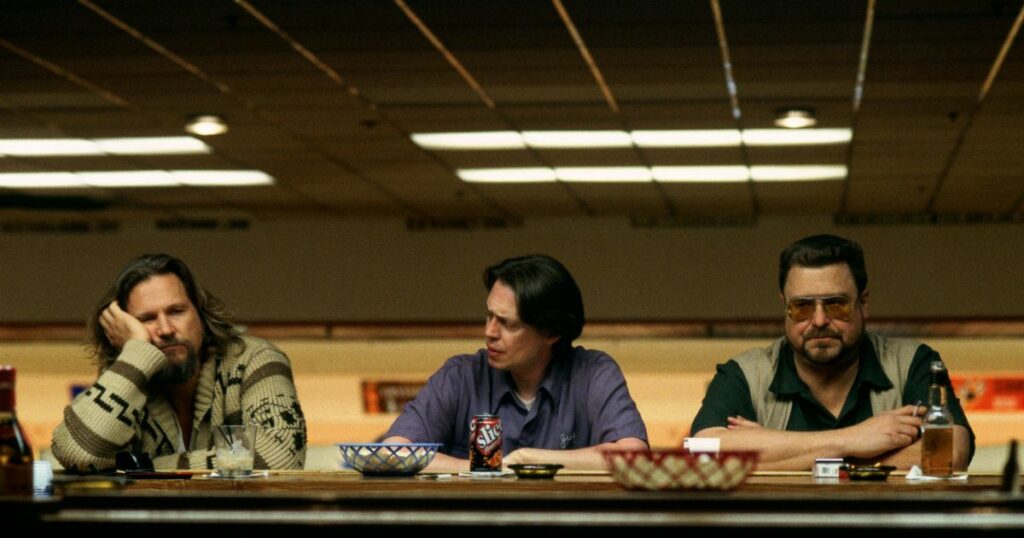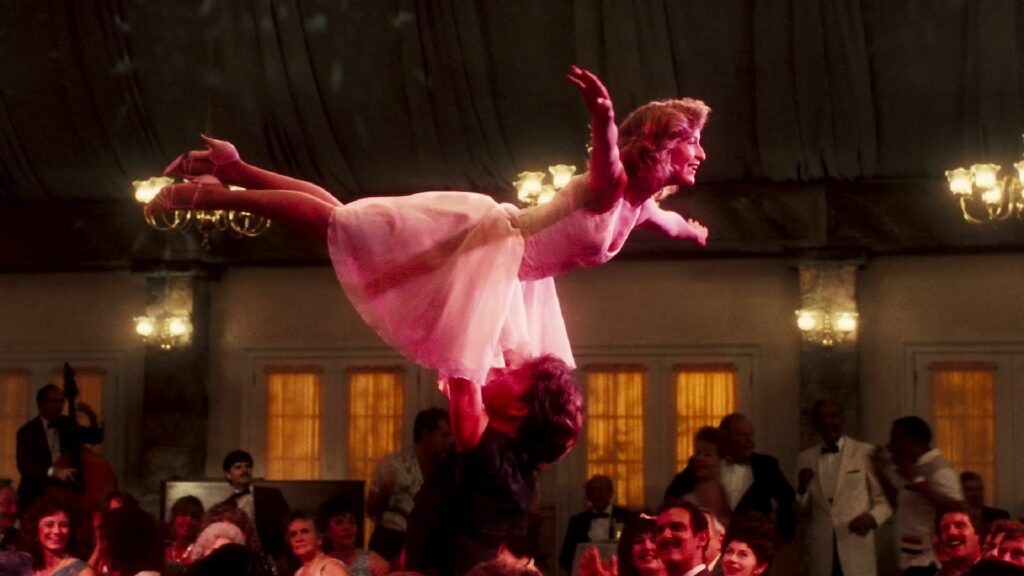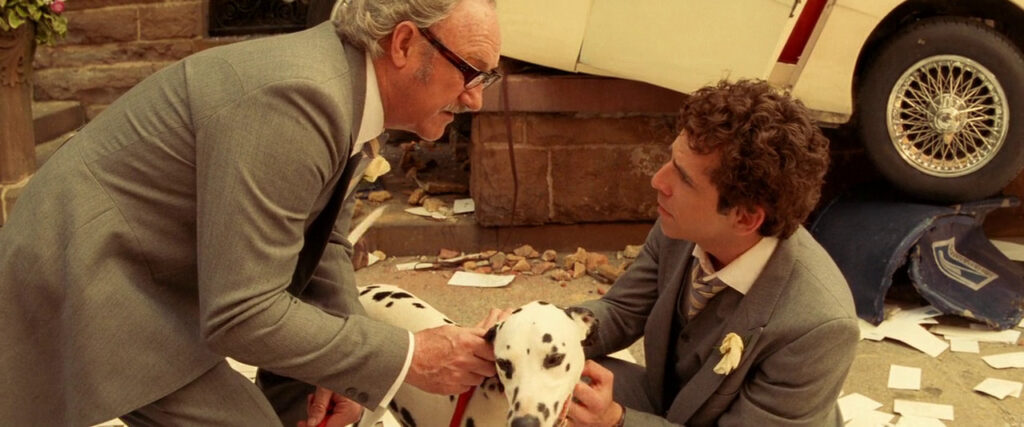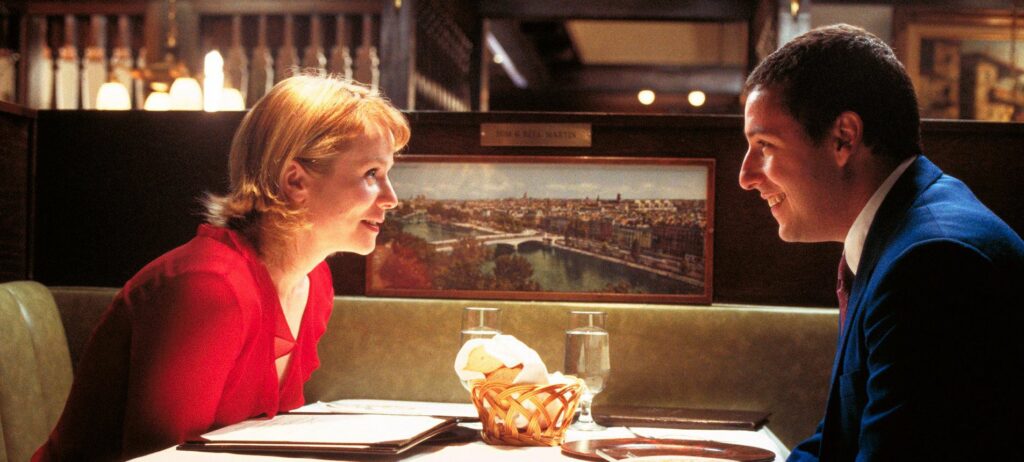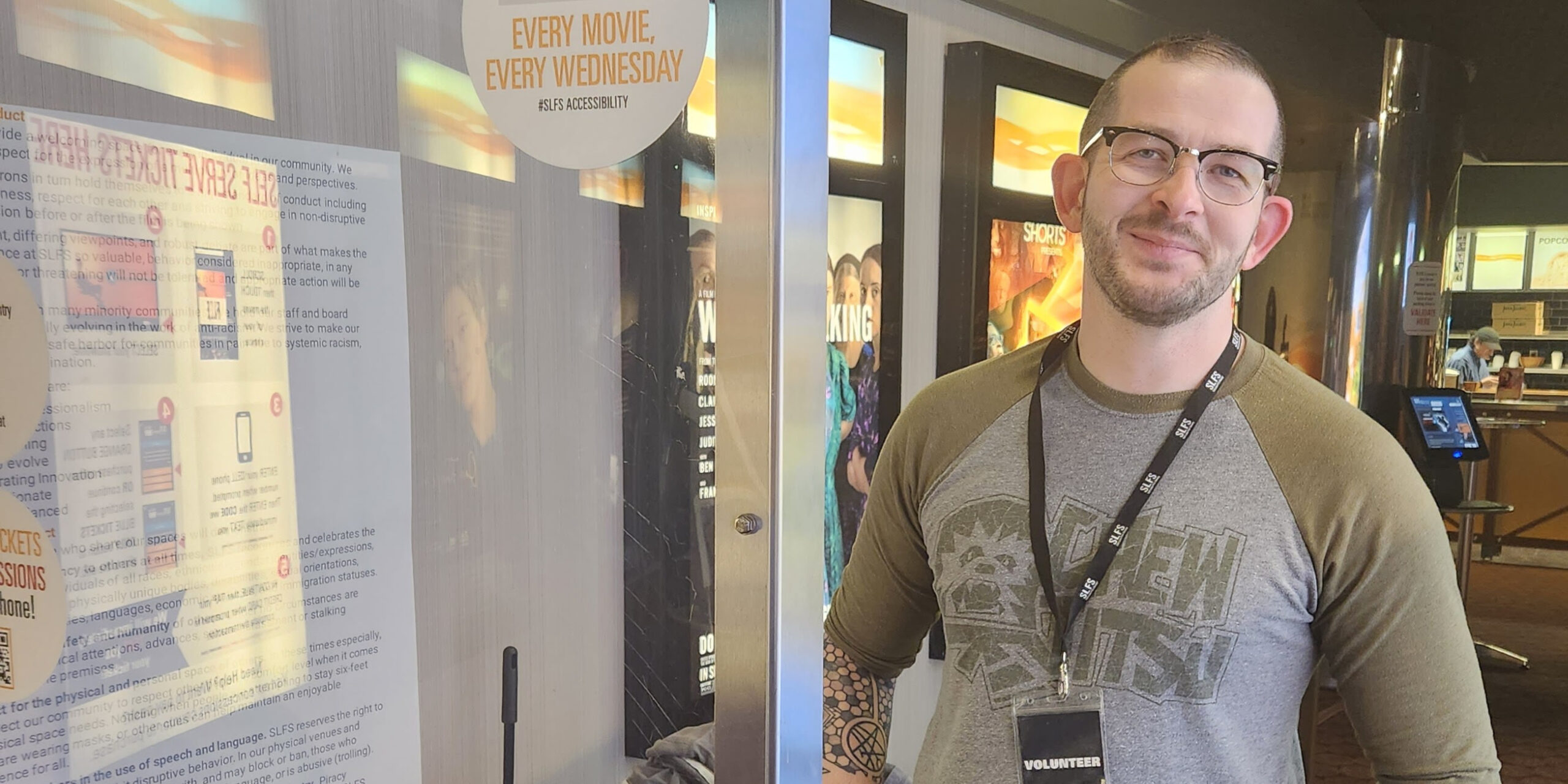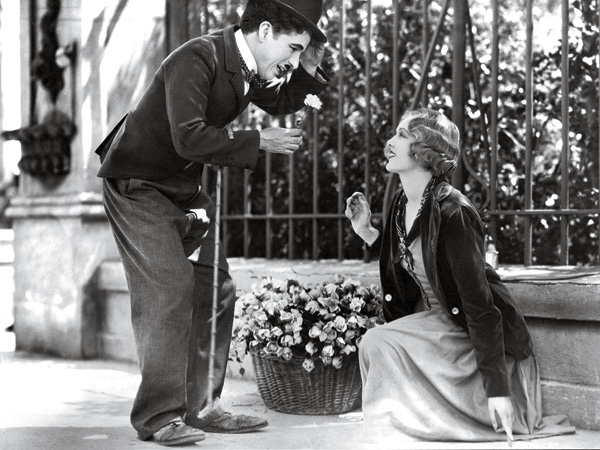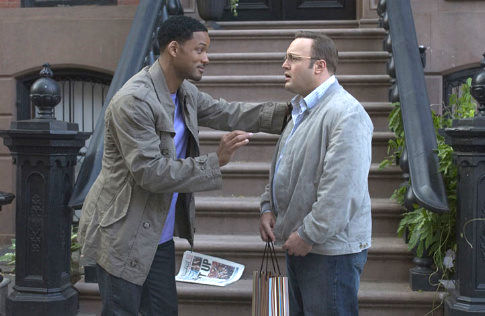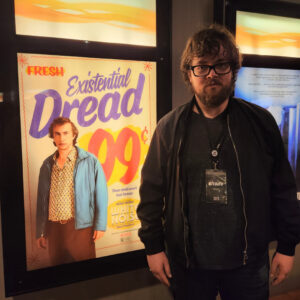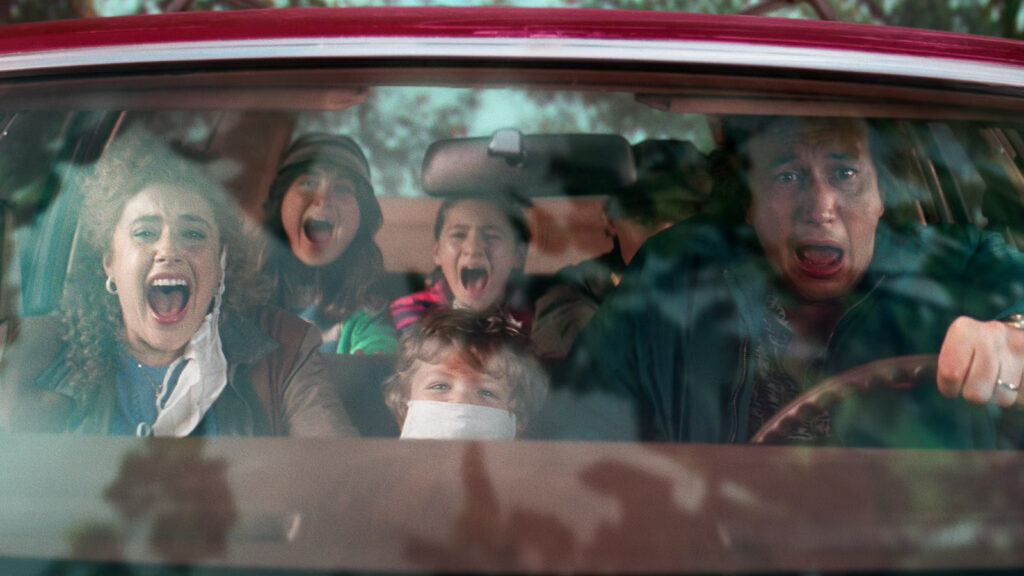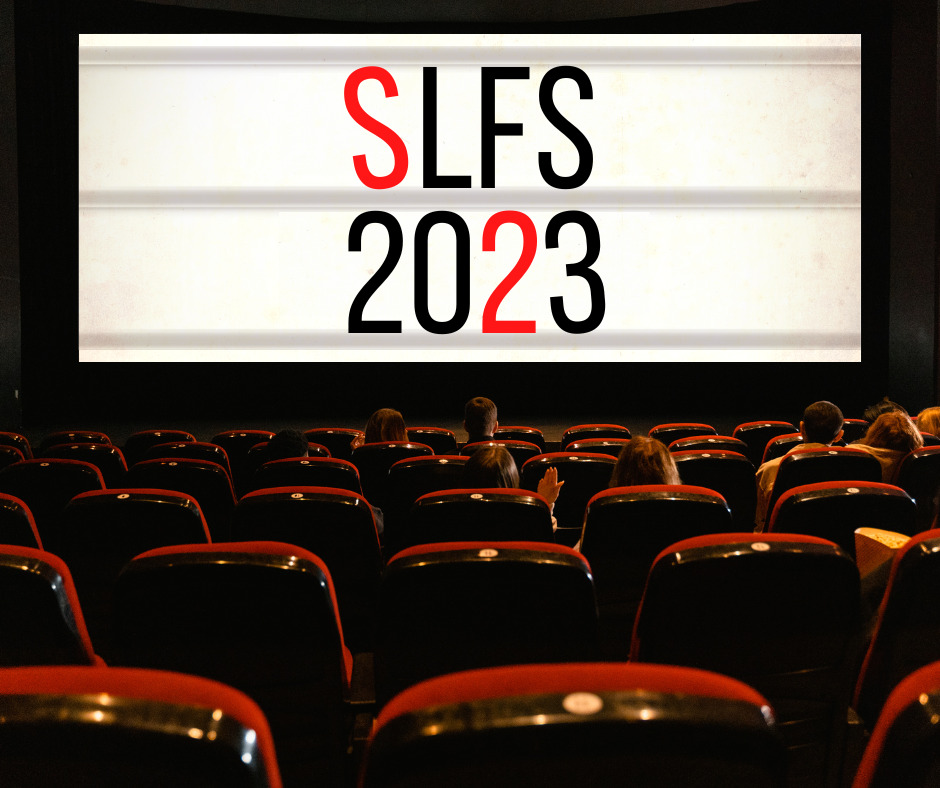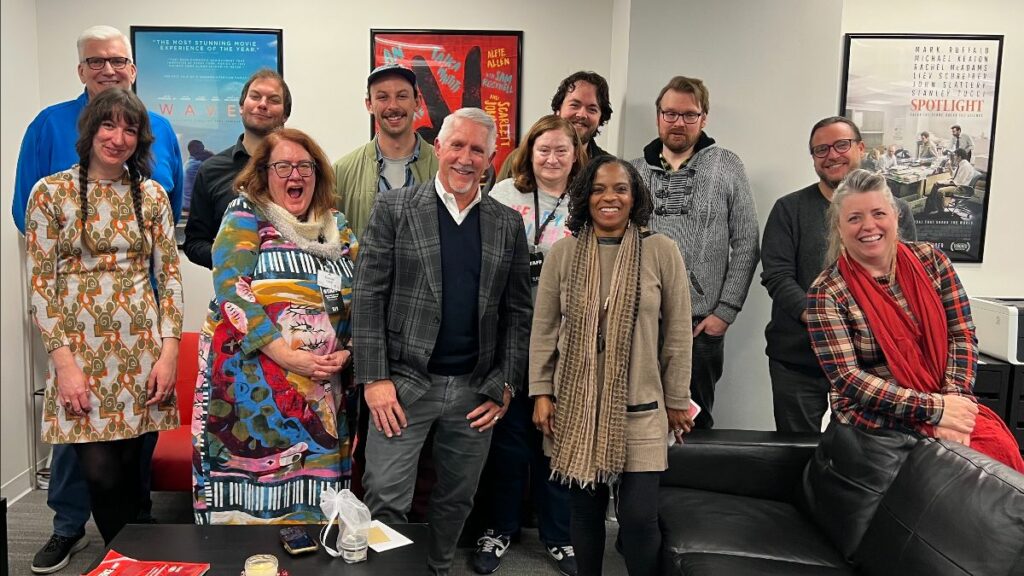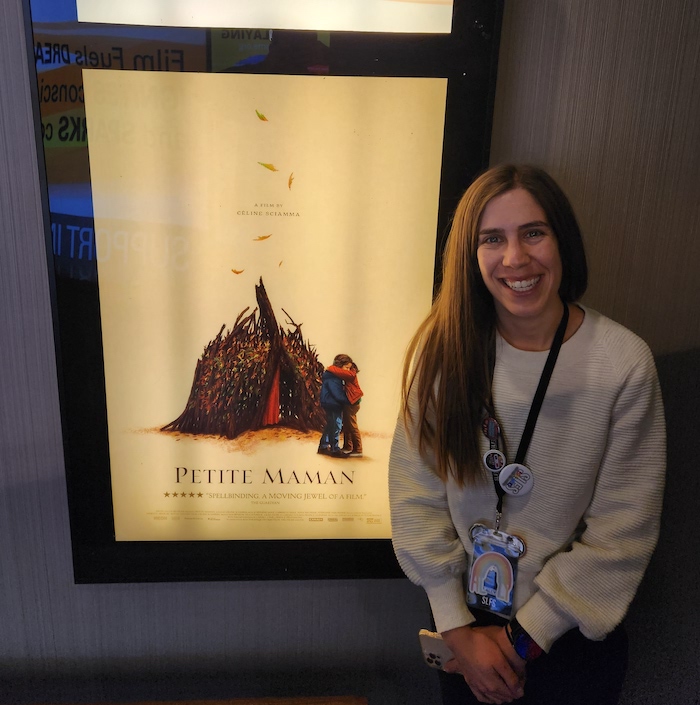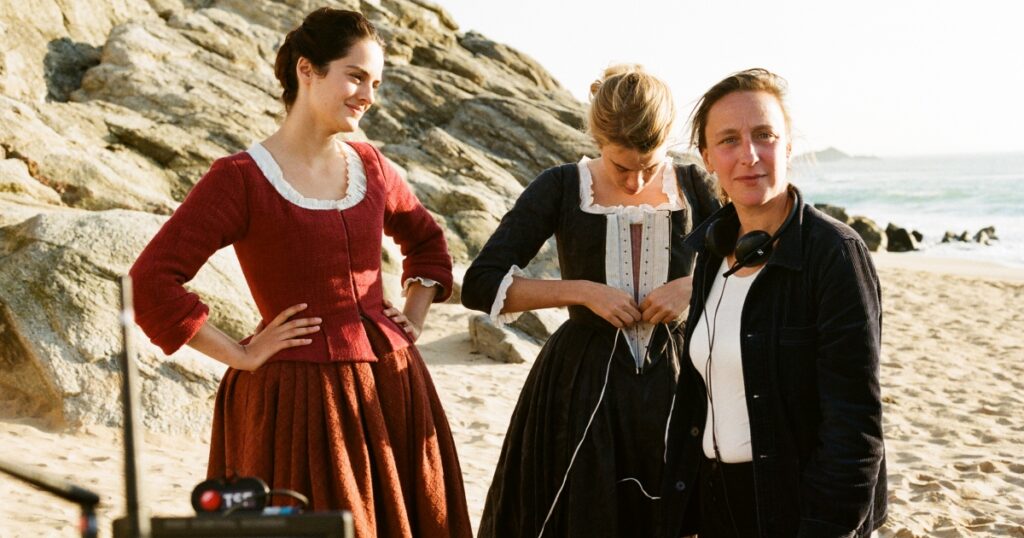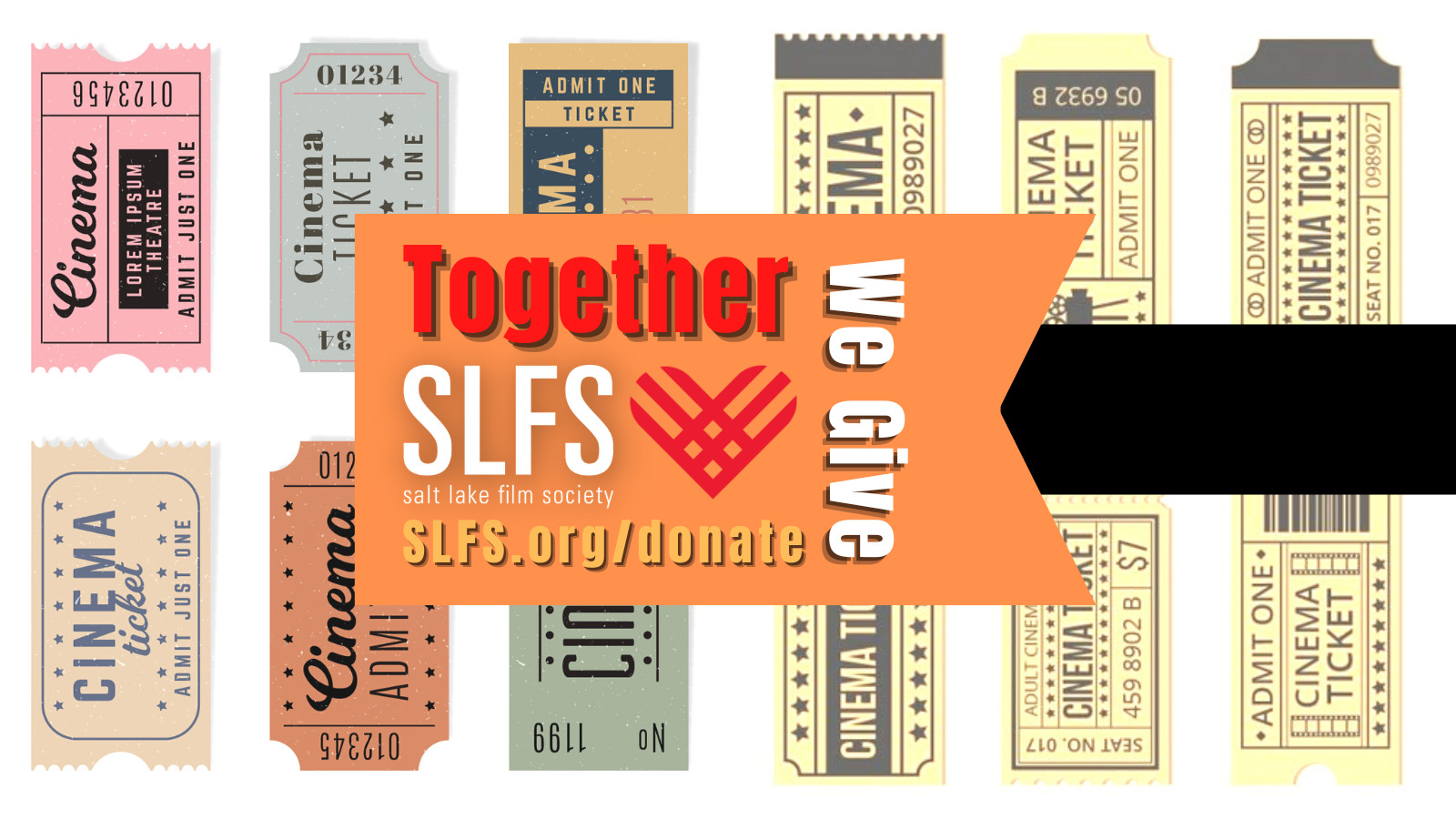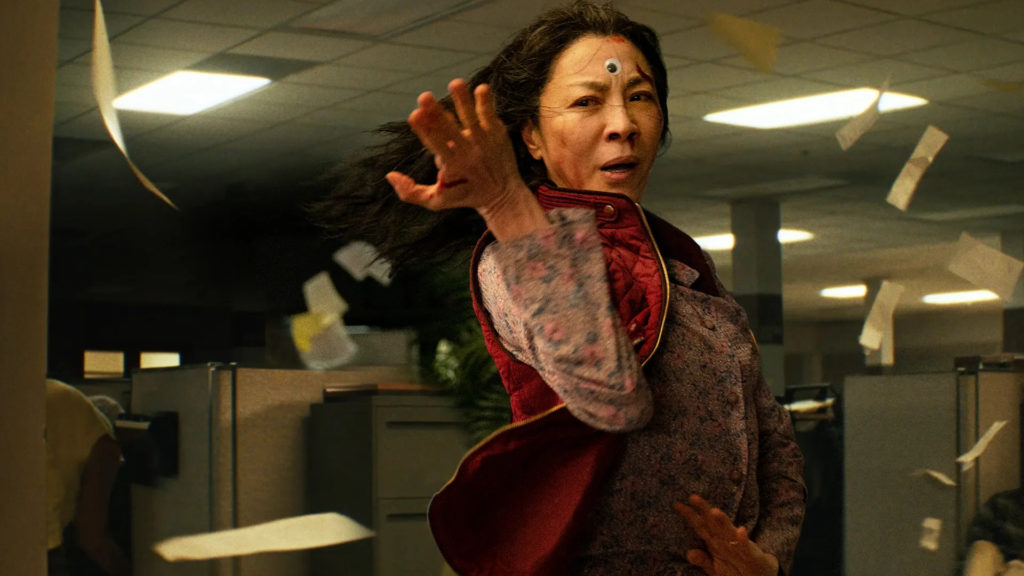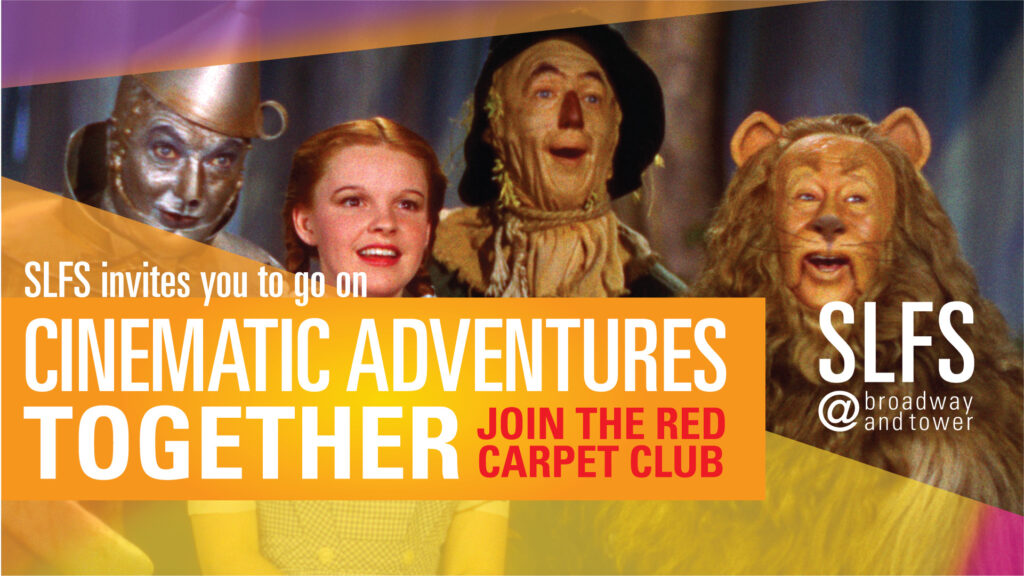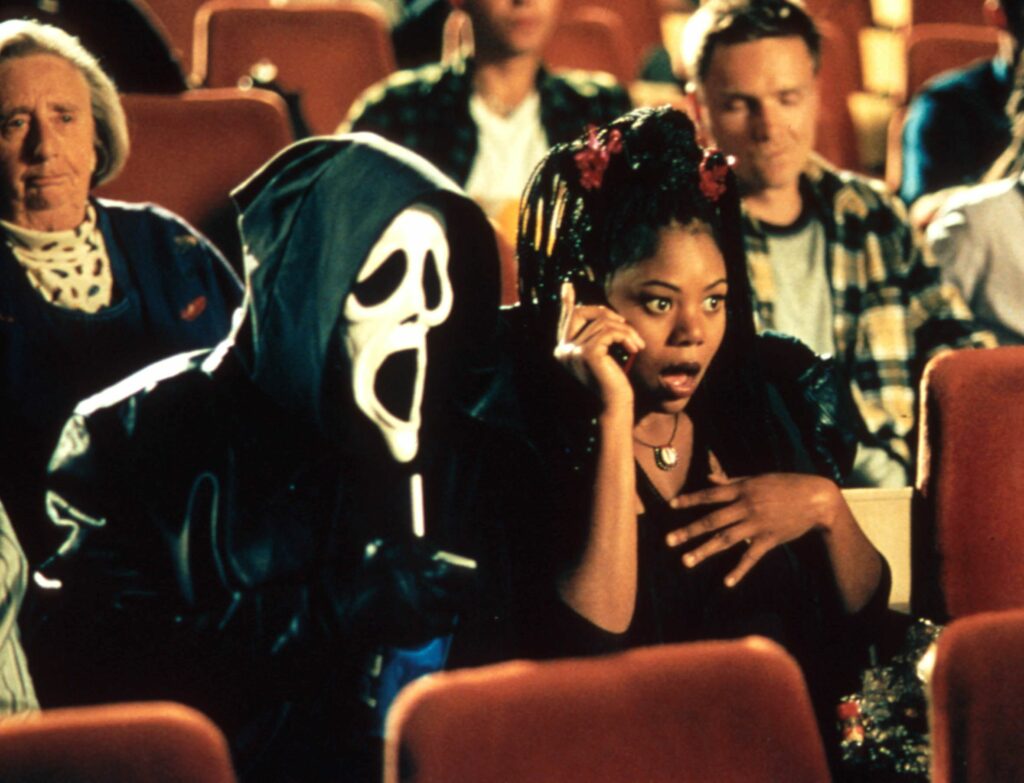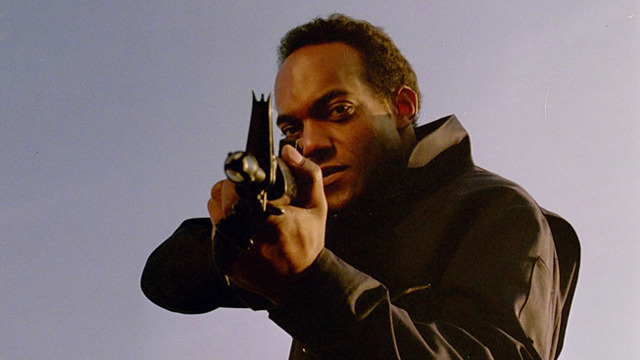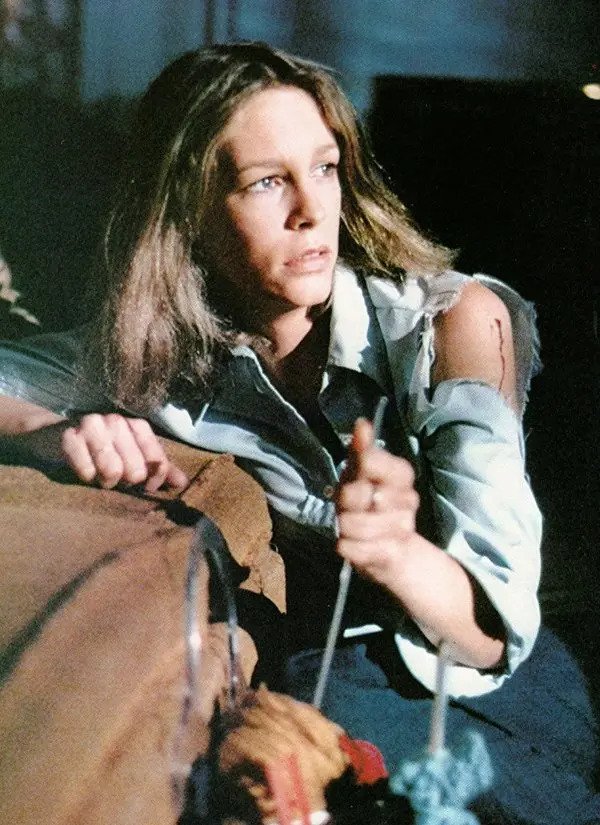José (he/they/them) identifies as a queer, Mexican, immigrant, educator, and film-buff. They currently serve as the Assistant Director for Community Engagement at the Thayne Center, Salt Lake Community College, where they help connect students to the many opportunities for service and engagement through community partners, and also oversee basic needs programs like the Bruin Pantry. In their free time, José can be found ingesting copious amounts of television, throwing a dinner party for their family and friends, traveling, camping, and of course catching the latest indie flick at the Broadway.
“Something Old, Something New, Something Borrowed, Something Blue”
“Growing up as an undocumented, queer, brown kid in Utah has not always been rainbows and butterflies. Media representations, especially in movies, of my life experiences have been hard to come by especially when I was coming out of the closet as an undergrad at the University of Utah. I would fill the evenings in my dorm room watching queer movies I had inconspicuously rented from the Tower Theater—ok, now I’m dating myself!
This is why Salt Lake Film Society has always had such a special place in my heart; it unlocked stories of what it meant to be queer, plus it gave me a community where I could feel safe to be myself and talk about the films I love. But it would be hard to list all the impactful queer films I’ve seen with SLFS, so I’ll just choose “something old, something new, something borrowed, and something blue”.
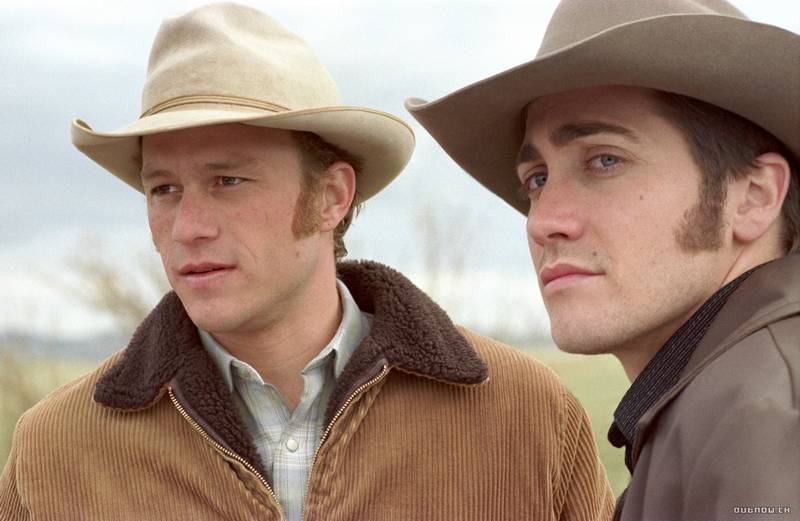
In terms of something old, in January 2006 after having wrapped up my first semester of college, I started hearing about a “controversial” film that some theaters in Salt Lake City were refusing to show. BROKEBACK MOUNTAIN (2005, dir. Ang Lee) was a pre-marriage equality film with two Hollywood stars (Heath Ledger and Jake Gyllenhaal) really going at it rough and raw—all puns intended. This immediately piqued my interest, not to mention that SLFS was proudly showing the film in their theaters.
Although I was horrified by the brutal ending which depicted a violent hate crime ultimately leading to the protagonist’s death, this was one of the first times I had seen same-sex love and sex on a big screen. From then on, I wanted more stories that depicted something closer to my lived experiences.
A new film I look forward to experiencing again on the big screen is ROTTING IN THE SUN (2023, dir. Sebastian Silva). During its Sundance premiere which I saw at the Broadway, this film’s penis and gay sex filled scenes were all the buzz. Well, it did not disappoint! Be ready to see every kind of penis under the sun in the first 30 minutes, before making a sharp left and being delivered into a thrilling story about the cover up of an accidental murder.
Playing a frenzied domestic worker, Catalina Saavedra thrusts this film forward— I could not help but to think of my mom who has worked various housekeeping jobs in the city— and provides the perfect foil to the nihilistic, suicidal protagonist. Queer or hetero, young and old, everyone who has seen the film has been captured by its whacky charm (and hopefully SLFS is able to pick it up when it comes out in September!).
For something borrowed (again from Sundance) and something blue, I want to celebrate how far the diversity of lived experiences has come in queer cinema. TANGERINE (2015, dir. Sean Baker) and MOONLIGHT (2016, dir. Barry Jenkins) each touched my heart in different ways. TANGERINE tells a story of true friendship through the eyes of two transgendered Black and Brown sex workers in the streets of L.A. Not only was this movie completely filmed on the streets with iPhones, but Sean Baker has gone on to make extraordinary, award-nominated, indie films about people living on the edge, including THE FLORIDA PROJECT and RED ROCKET.
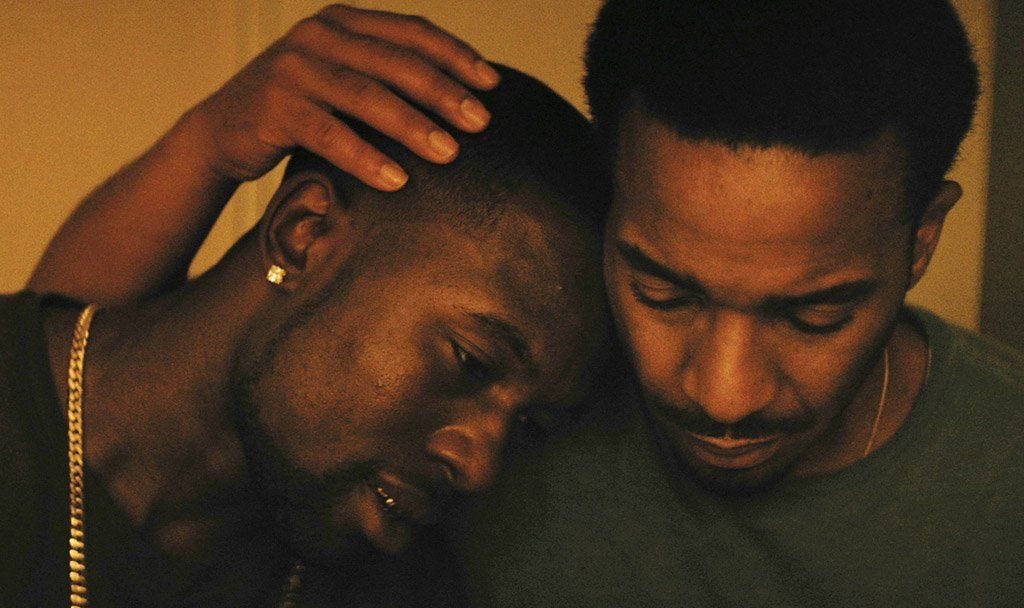
With melodic, blue delivery, MOONLIGHT takes us through different stages of the protagonist’s life as he is met with violence for being his authentic self. The liberation he experiences through vulnerability against a hyper-masculine, homophobic society is a lesson that I continue to enact in different ways in my own life.
Queer cinema has come a very long way from the cliché coming of age stories with cisgender, white, male protagonists having oh so many will-they-won’t-they moments. Salt Lake Film Society creates a space and community for folx like me to feel seen and heard. The exploration of gender, sexuality, and identity through film is one with growing voices and perspectives, and I’m excited to keep coming back to the big screen as we continue to celebrate queer, trans, BiPoC independent stories for queers to come!”
Supporting and Showcasing Queer Cinema – SLFS
At Salt Lake Film Society, we are proud to exhibit a wide variety of queer cinema and stories to our Salt Lake City community, both during Pride month, and during all the other months too.
If you value these kinds of stories, and your community’s access to them, please consider supporting us! All donations received before July 15th will be matched through a generous offer from a local family foundation. Donate or join the Red Carpet Club during this matching period and see your support of SLFS and queer cinema doubled during this matching period!


